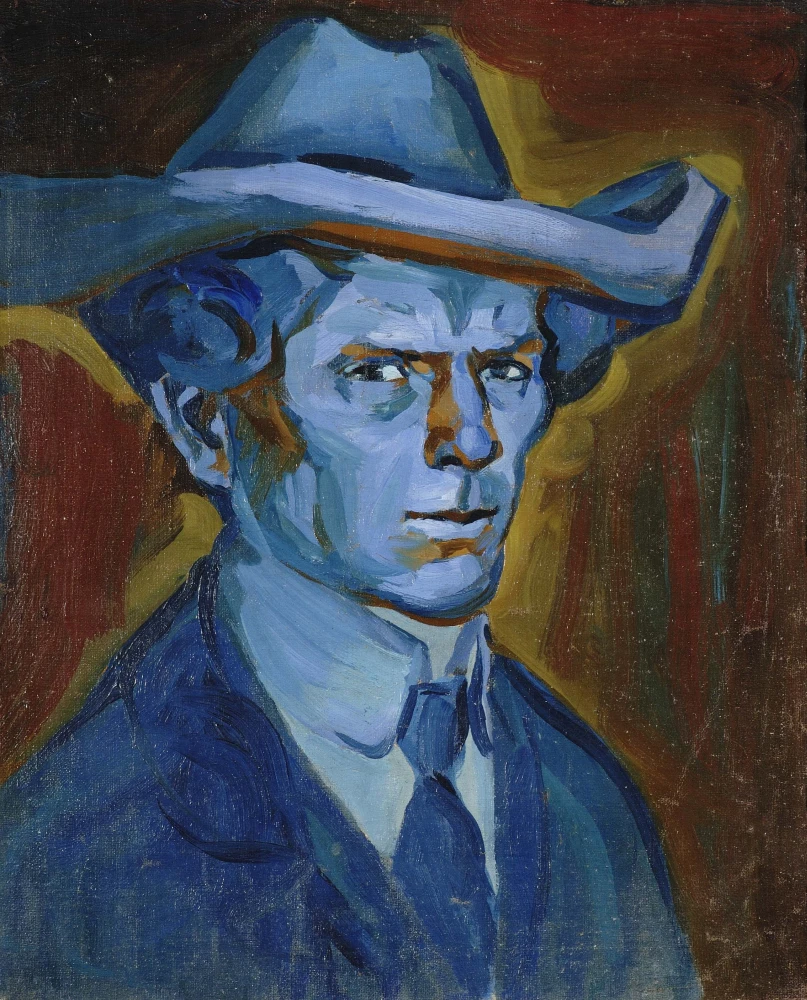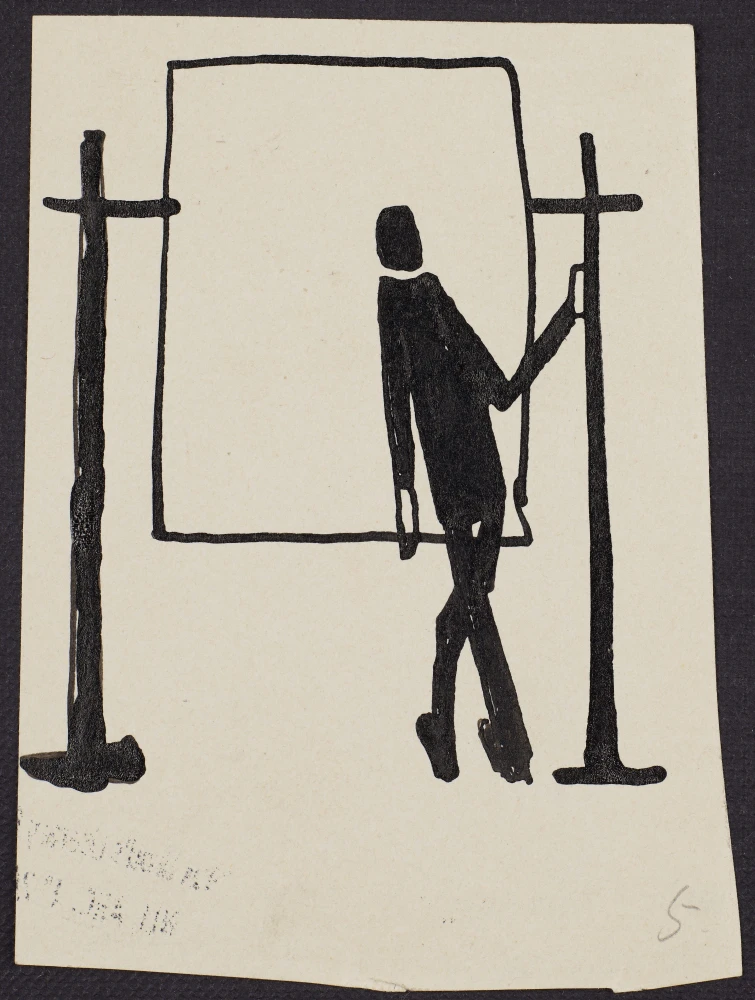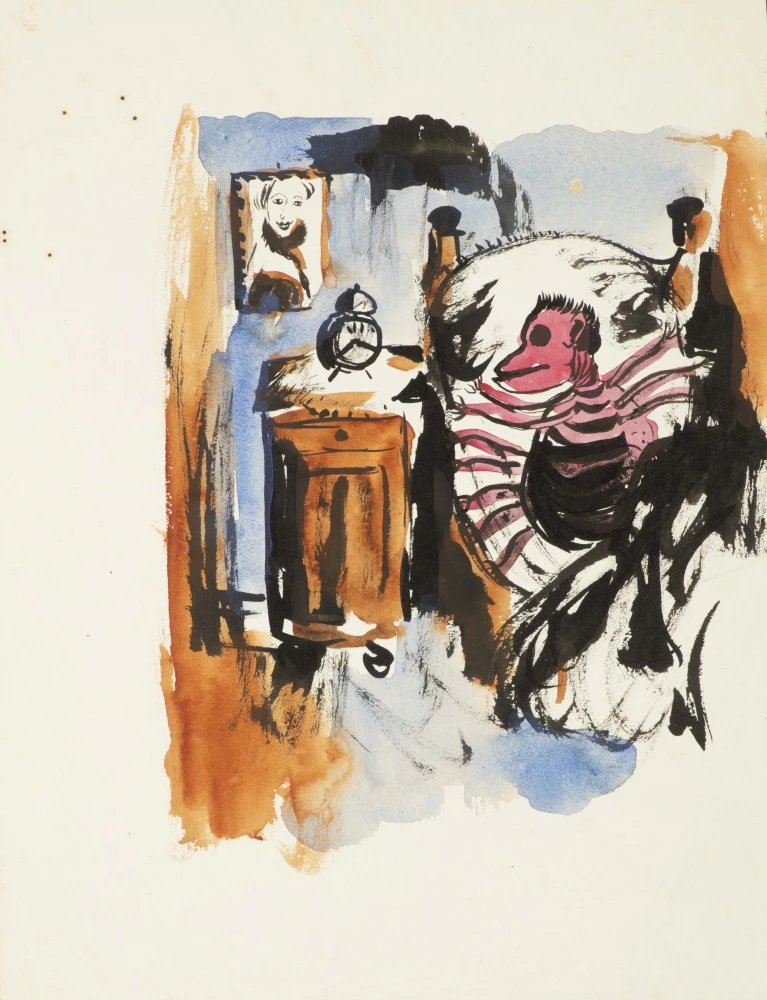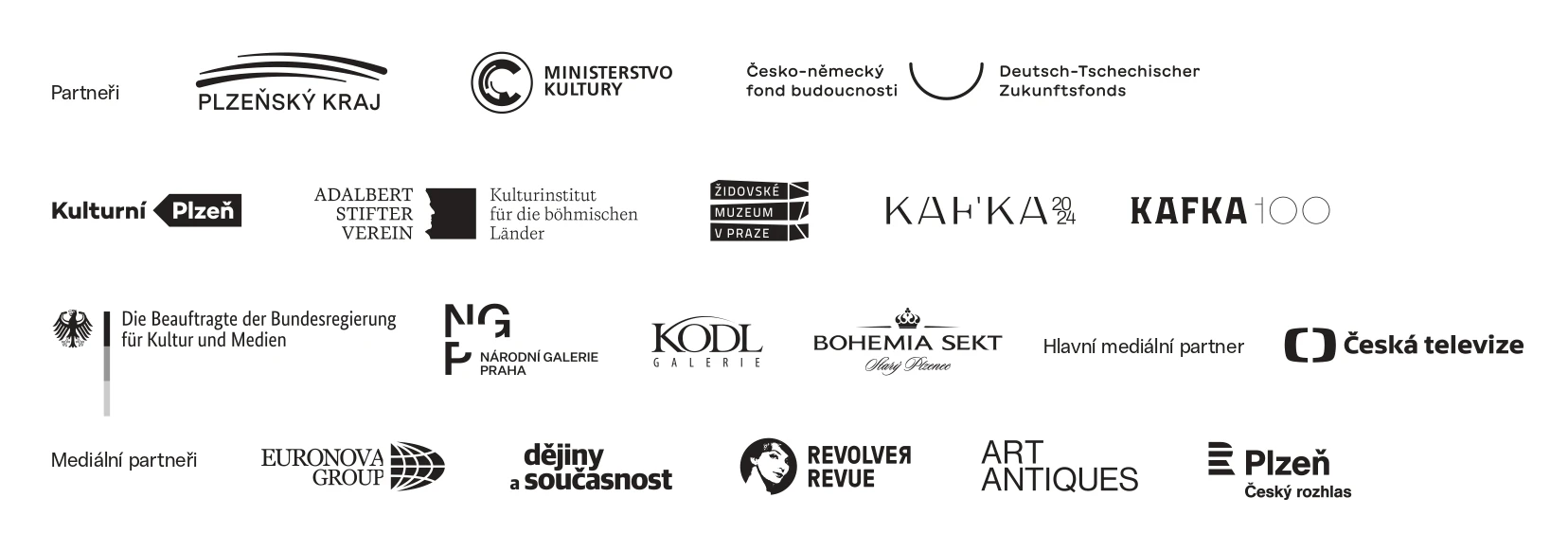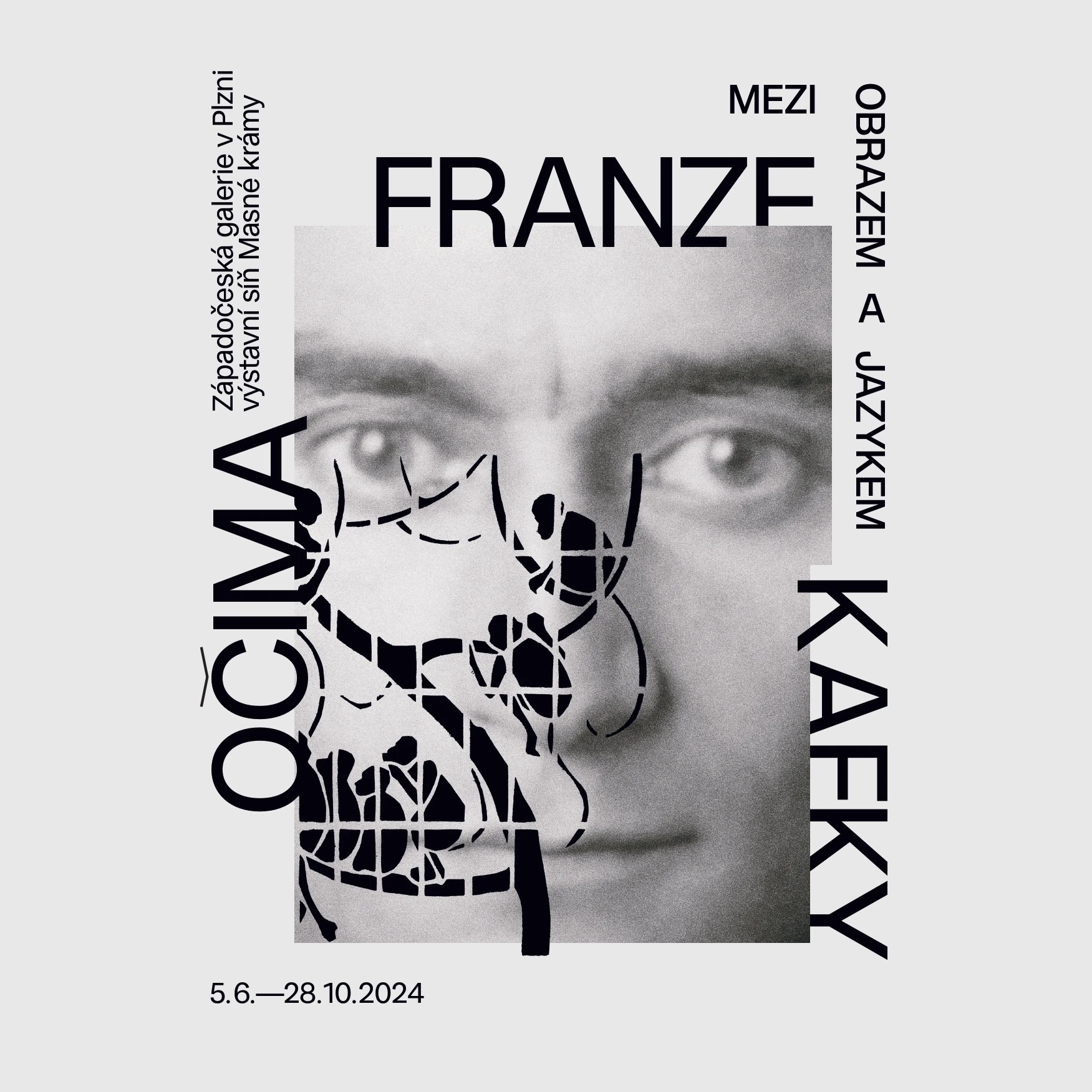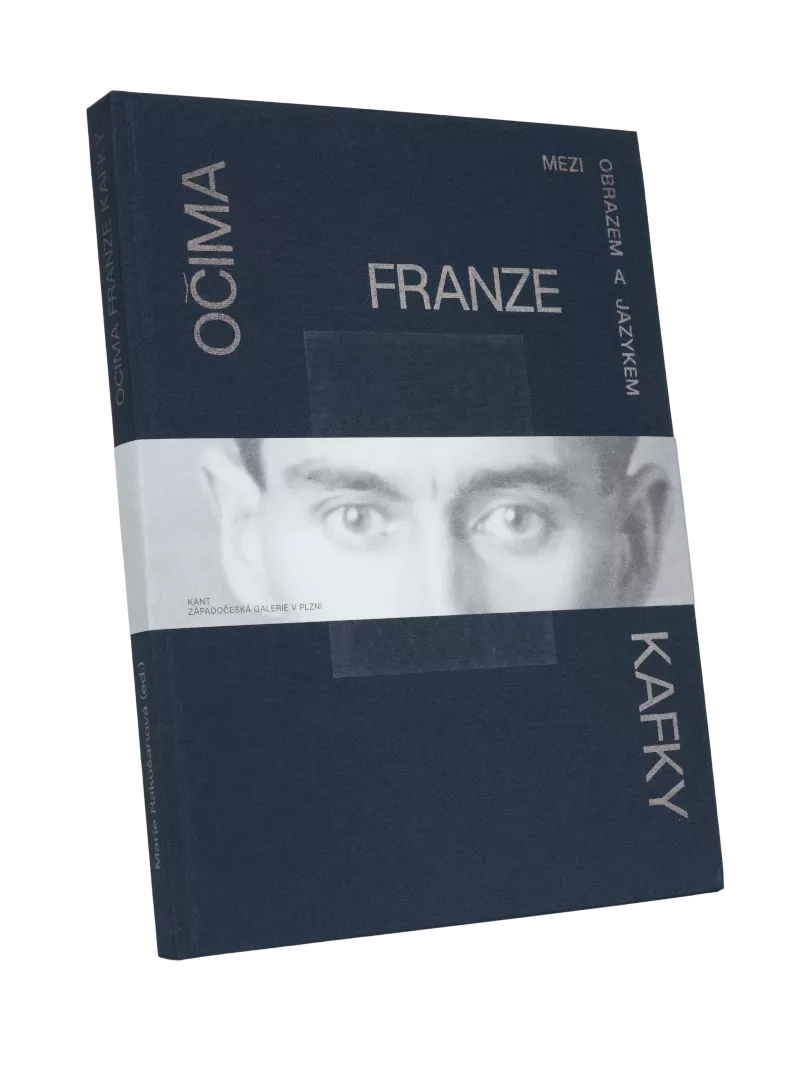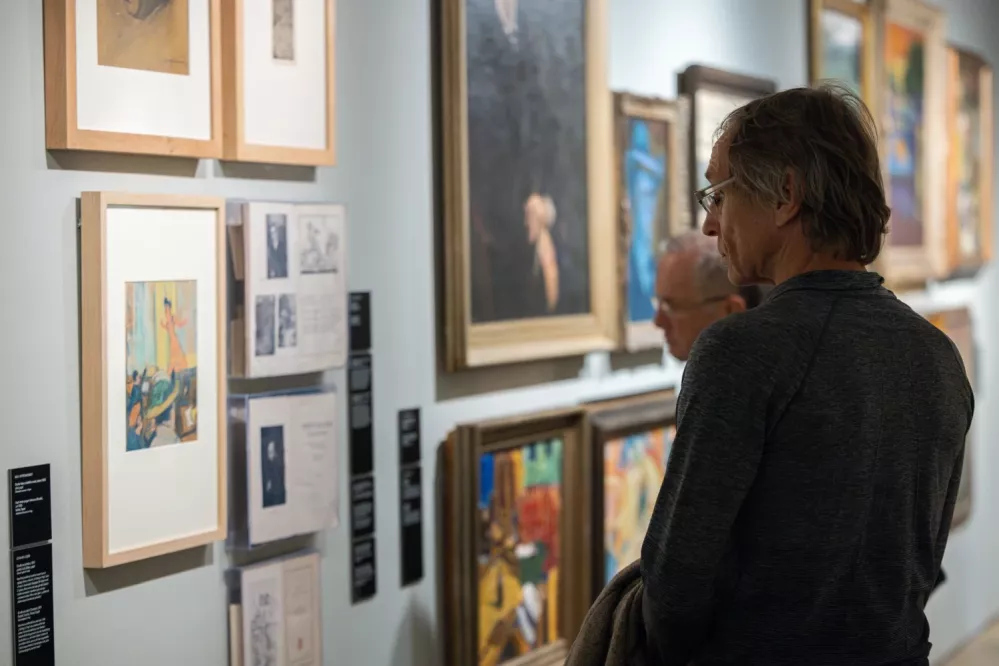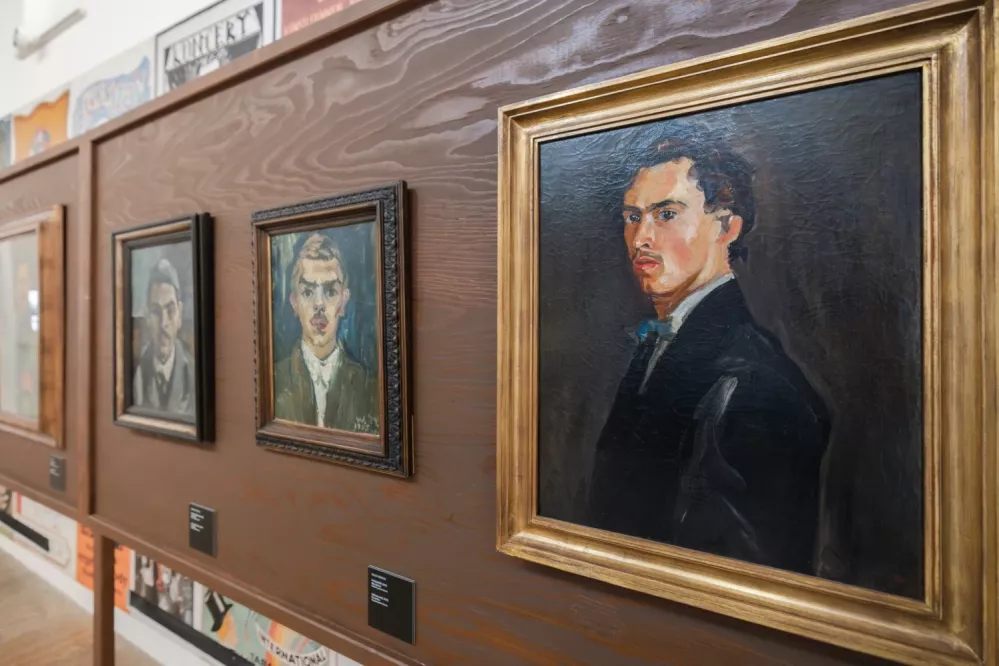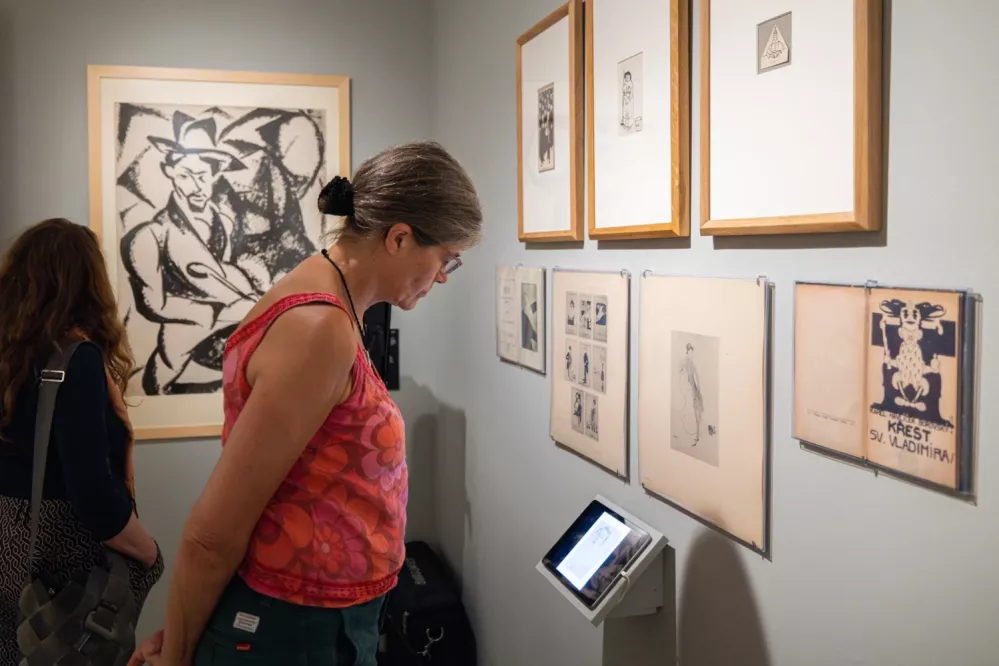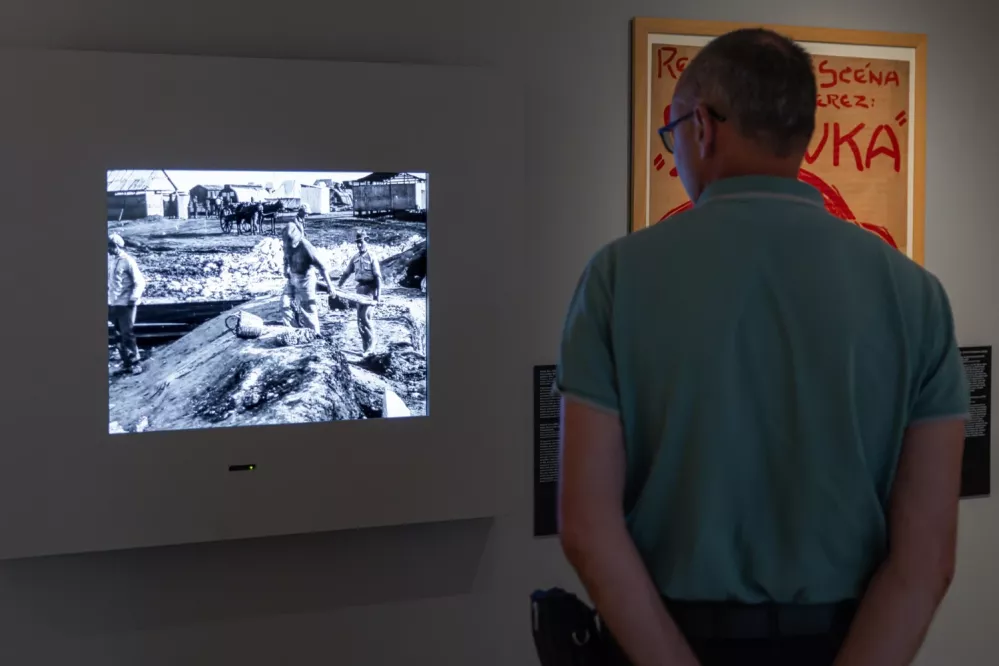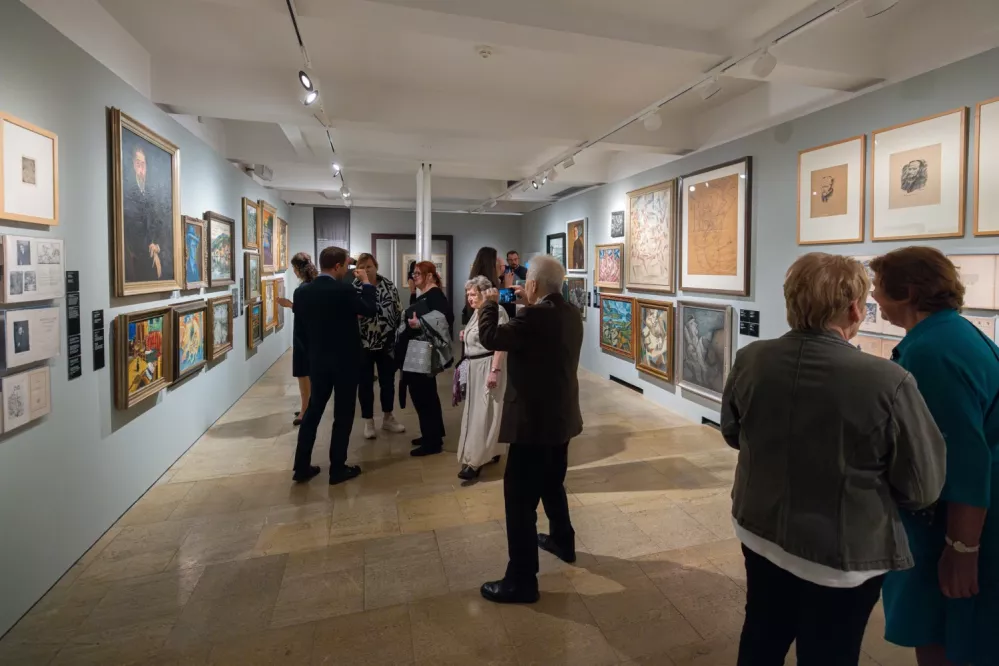Through the Eyes of Franz Kafka: Between Image and Language
Franz Kafka the spectator was interested not only in ‘high art’ images, but also in expressions of popular culture, including illustrated magazines, posters, cinematic films, photography, dance, circus and cabaret. In the variety of images that surrounded Kafka in his everyday life, we can see a parallel to the multilingualism characteristic of Prague and the entire Central and Eastern European area at the time. Passing through ‘his’ city, Kafka was exposed to a jumble of languages – Czech, German, the German of the Jewish intellectual classes, the ‘German Creole’ of Czech cooks and butlers, the modern Hebrew associated with the Zionist movement, and, after 1914, the Yiddish of Jewish refugees from the Eastern Europe.
The visual stimuli affecting Kafka’s vision were similarly varied. The corners of the town houses were covered with posters in which the aesthetics of historical eclecticism and academicism clashed with Art Nouveau decorativism and turn-of-the-century Japonism, and later also with echoes of Cubism, which was extremely influential in Prague. At the exhibitions of the Mánes Association of Fine Artists, Kafka could encounter French Impressionism, Post-Impressionism, Czech Art Nouveau Symbolism and Cubism, or Nordic Symbolist Expressionism. At the exhibitions of the Krasoumná jednota (Fine Arts Association) and the Association of German Artists in Bohemia, he became acquainted with representatives of salon painting from the centres of the German Empire as well as representatives of German-Czech Spiritualism. In the Klub Deutsche Künstlerinnen (German Women Artists Club), he could see the work of painters and sculptors from Prague, Olomouc, Brno, Vienna, Munich and other centres of German-speaking art world, applying conformist painting practices but also reflecting artistic innovation. In Prague’s cinemas, he watched the exalted expression of gestures and images in European and American silent films, attended performances of Russian and French ballet, and in cabarets he carefully perceived the attitudes and movement accompanying the singing, dancing and reciting of variety artists.
The exhibition attempts to present this multiplicity of images to today’s viewers through works of various media. At the same time, it will ask how Kafka’s visual experiences could be reflected in the language of his texts. Kafka was able to literally devour disparate images, to observe and describe them in detail, but he never categorised, interpreted or judged them. At the same time, he felt a certain distrust towards visual sensations. In his diaries and letters, he spoke of the longing that images awakened in him without providing satisfaction. The writer’s ambivalent feelings towards the visual sensation are reflected in some passages of his short stories and novels, building upon the tension between image and language.
Works from approximately 25 Czech and 6 foreign (mainly German and Austrian) museums, galleries, libraries, archives and private collections will be exhibited.
The exhibition has been prepared in collaboration with the Adalbert Stifter Verein and the Jewish Museum in Prague as part of the Kafka 2024 and Kafka100 projects.
Supported by the Ministry of Culture of the Czech Republic, the Czech-German Fund for the Future, and the State Culture Fund.
The exhibition will be accompanied by an eponymous publication in Czech and English versions of 130 standard pages and with 225 colour reproductions, edited by Marie Rakušanová. Authors of the text: Marie Rakušanová (Faculty of Arts, Charles University in Prague); Nicholas Sawicki (Lehigh University Bethlehem, Pennsylvania); Marek Nekula (Universität Regensburg); Alexander Klee (Belvedere, Vienna), Miroslav Halák (Belvedere; Vienna).
